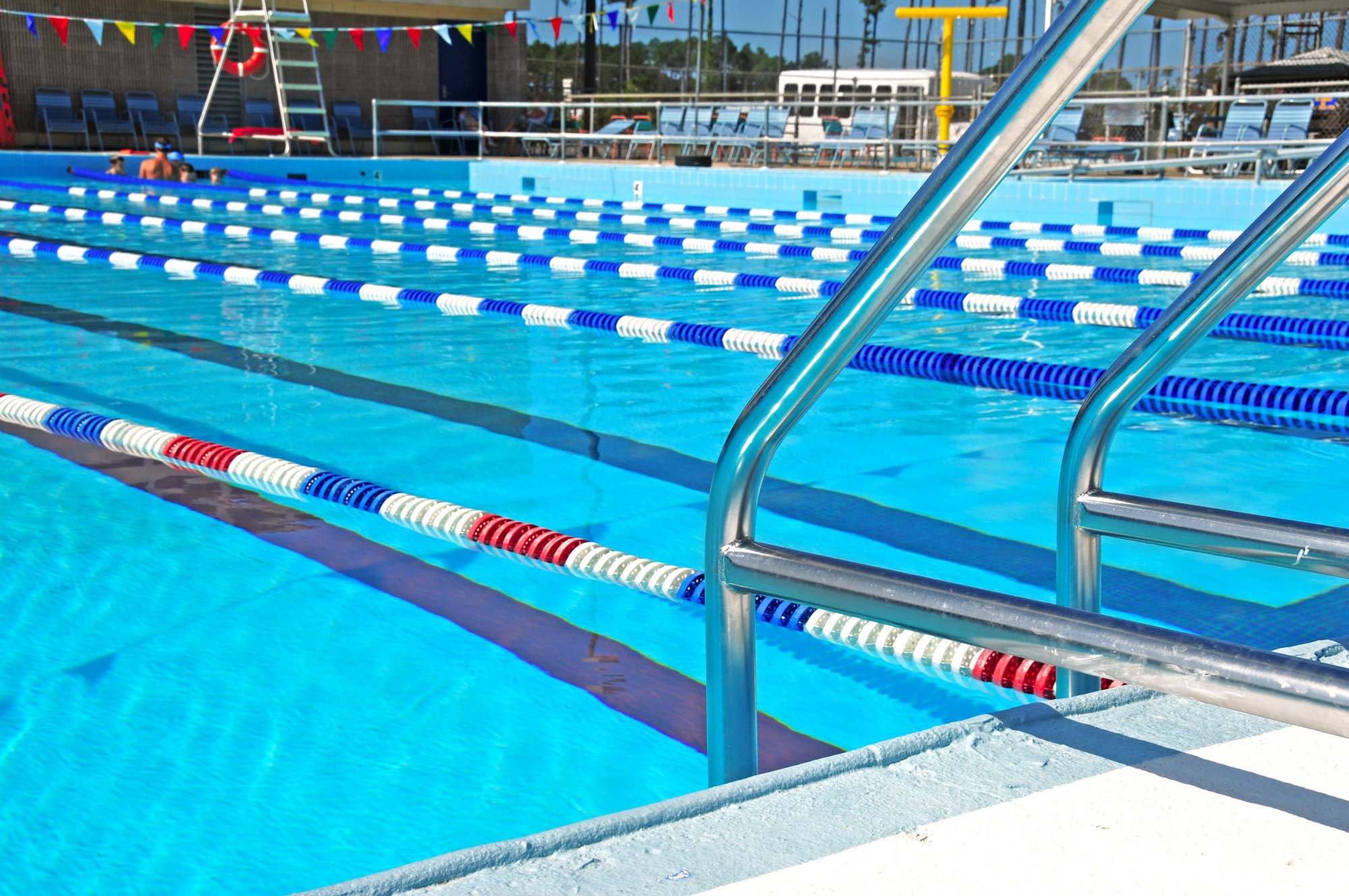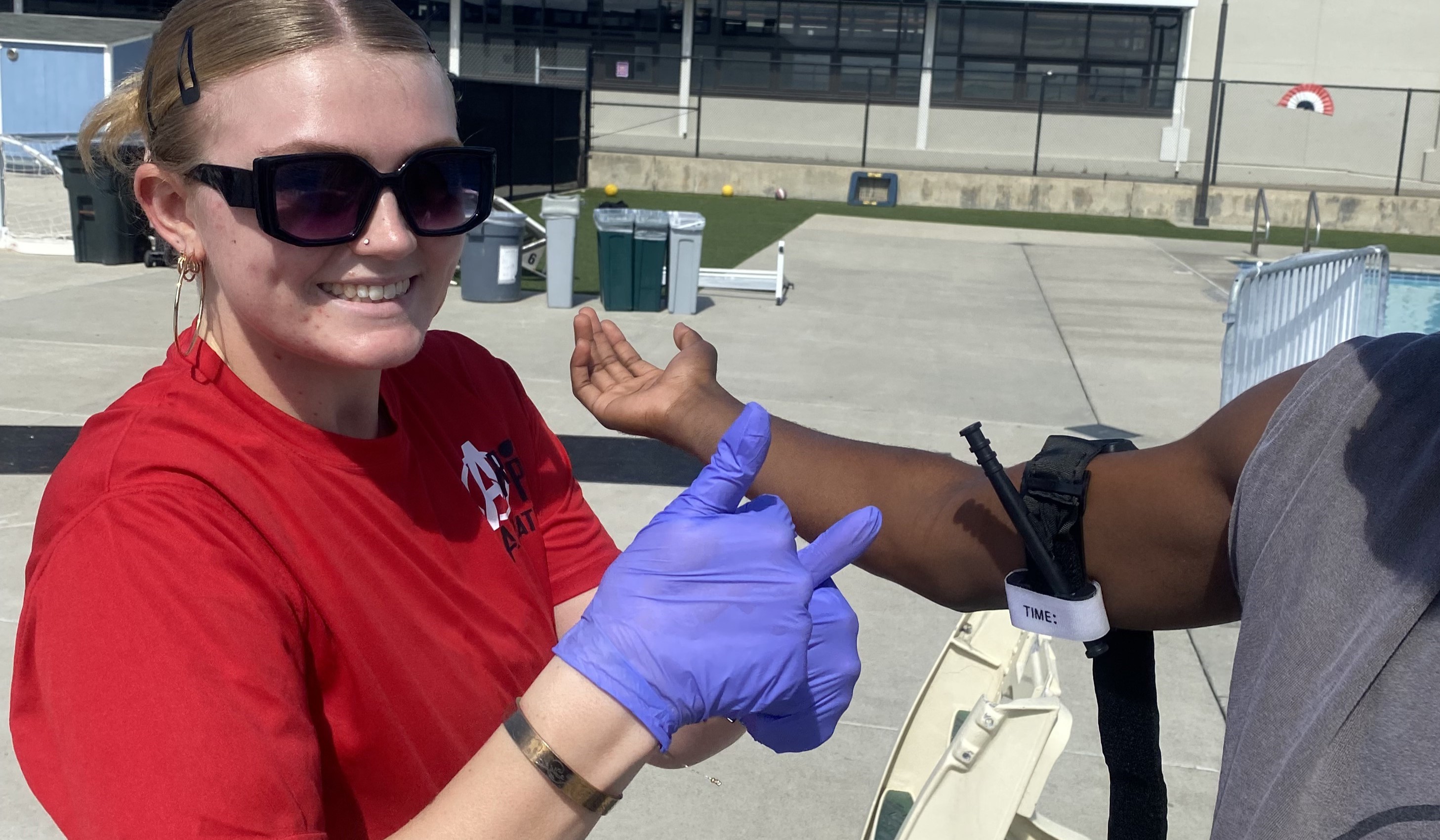This is the third installment of a three-part series on corrosion. In the first part, I presented a basic overview of the corrosion process from a physics viewpoint. The second column defined the specific types of corrosion attack.
In this article, I will provide some insight into how to prevent or slow down the corrosion process.
But, before we discuss how pool technicians and builders can manage this issue, we must address the elephant in the room: Corrosion mitigation or control starts in the manufacturer’s engineering department. One must realize that engineering is, among other things, finding a balance between requirements that, at times, are mutually exclusive.
One example is zinc-plated parts with a dichromate passive coating. Two types exist — hexavalent chromate, the superior from a corrosion point of view; and the lesser but more environmentally acceptable trivalent chromate. Even though the hexavalent is superior in standardized corrosion testing, it is banned in many countries, preventing its use for everyday products and equipment.
Another example is brass alloys. Red brass is nearly immune to de-alloying or dezincification corrosion attack, but red brass alloys that are engineered for casting contain significant amounts of lead to facilitate the manufacturing processes. With lead banned in many countries, manufacturers can’t use it as a means of corrosion resistance.
Cost is always a factor. The need for a long product life while at the same time remaining at a cost consumers can afford is always a challenge.
Sacrificial solution
How can a pool builder or service technician control corrosion?
One method of corrosion control is to reduce the corrosion current by increasing the corrosion cell resistance. As stated before, the rate of corrosion is directly proportional to the corrosion current in the cell.
Another way to manage corrosion is to use a very active metal such as zinc, magnesium or aluminum as a sacrificial anode. This will not stop corrosion from occurring, but it will allow the important elements to be protected. This method is used extensively in everything from chain link fencing to most fasteners to protective anodes used on ships, bridges, pipelines and sold by pool equipment companies.
There are limitations. The anode must have a very low resistance electrical connection and be exposed to the same electrolyte. Elevated temperatures also complicate sacrificial anode design as reference potentials change with temperature. At elevated temperatures, iron becomes the anode to zinc.
However, the single most important thing that a pool operator can do to reduce corrosion damage is to properly maintain your pool water chemistry. Excessive chlorine is damaging to all metals. Over time, many metals such as stainless steel, titanium and copper develop a protective durable layer of oxide, which increases the surface resistance and limits the corrosion current and rate. That is why these metals are so highly valued. Chlorine-bearing compounds defeat or weaken this protective barrier, resulting in pitting corrosion. While chlorine is necessary to maintain a healthy, safe pool, too much is damaging to metal components.
It is very important to maintain sanitizer within the recommended range. This includes salt. In addition to the problems explained above, excessive salt concentration increases the conductivity of the water. Any increase in the conductivity will increase corrosion current and rate.
Maintaining balance
Another important water factor is the Langelier Saturation Index.
Dr. Wilfered Langelier created the index in the 1930s in an effort to control corrosion in municipal water distribution pipes made of iron and carbon steel. The index determines the difference between the actual system pH with the pH threshold at which calcium carbonate will fall out of suspension in a given water. A positive index means that the water will scale, depositing calcium carbonate. A negative value will dissolve calcium carbonate, defeating the protective layer that comes on some metallic products.
Dr. Langelier found that when an iron or steel pipe is coated with calcium carbonate, it creates a very effective barrier between the metal and the electrolyte, which greatly reduces the rate at which corrosion can occur.
A problem is that calcium carbonate has a very unique quality in that it decreases in solubility as temperature increases. This falls contrary to nearly every other substance. This compounds the fact that most heaters bypass a small amount of water through the heat exchanger, heat this water and recombine it with the bulk flow to create the desired temperature. The result of this is that the saturation index in the heat exchanger will become greater than what is measured in the pool. Even a balanced pool will be scaling in the heat exchanger. This odd behavior is the leading cause of pool heat exchanger and residential water heater failures.
The problem in a heater is that the changes in temperature mechanically stress the calcium carbonate film, resulting in flaking and uneven coating. This uneven coating then results in crevice corrosion, which results in through-thickness pitting and heat-exchanger failure. While this odd anomaly guarantees all heat exchangers will eventually fail, you can maximize the life of this component by maintaining a correct Langelier saturation index. This is the best compromise to excessive scaling and corrosive water.
Proper bonding
A second corrosion problem I have seen quite often is when metal housing lights are not bonded.
This is more common in off-shore installations were lights are used in fountains and not connected following bonding procedures outlined in the National Electrical Code. I have also seen it in older pools with damaged bonding circuits.
The problem is that if, by some means, even a small electrical potential is generated between two metallic objects in the same body of water, the relatively positive part will become an anode and corrode. Sharp readers will realize that the bonding also creates a galvanic cell, as all the metal is connected electrically. While this is true in my experience, it is a far better situation compared with stray potential. Always ensure that the bonding and grounding circuits are properly done and in good shape.
Another thing to be aware of is the interface between a submerged part and one in the air is very corrosive. When a metallic part is partially submerged or coated in water, the point of the air-water interface becomes very corrosive. Keep this in mind when designing waterfeatures that are partially submerged.
This can also be a problem if standing water is allowed to accumulate and pool on horizontal metal objects, such as a heater. In these cases, the water will bead up above the surface. At the air-water interface, the surface will have a slightly higher dissolved oxygen content than the water just below the interface. This oxygen-concentration gradient creates the same anode-cathode relationship as described in crevice and pitting corrosion defined in the last column.
Try to avoid the ability for water to pool on surfaces. You could have it pitch so water flows away. Also don’t put heaters and other metallic objects where they will get hit with the sprinkler all the time
I hope this series provided some value and understanding. Corrosion and corrosion control are very complicated topics which require more ink than was spilled in this series.



